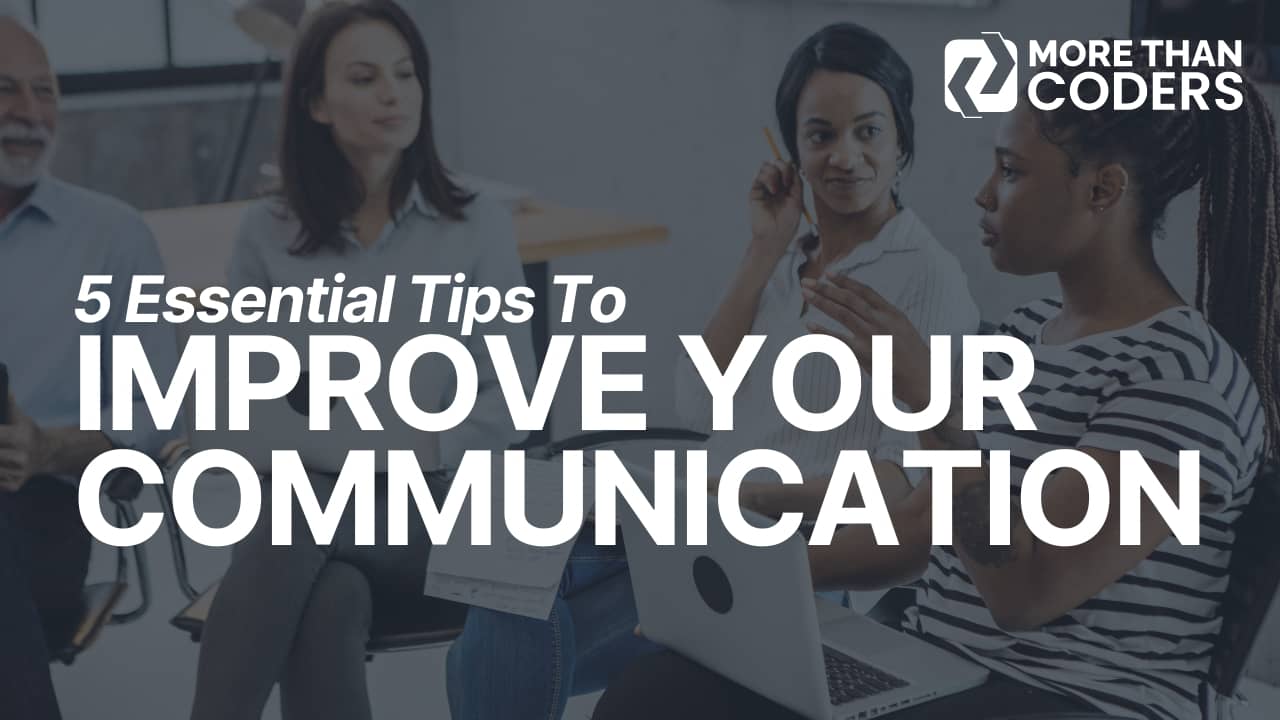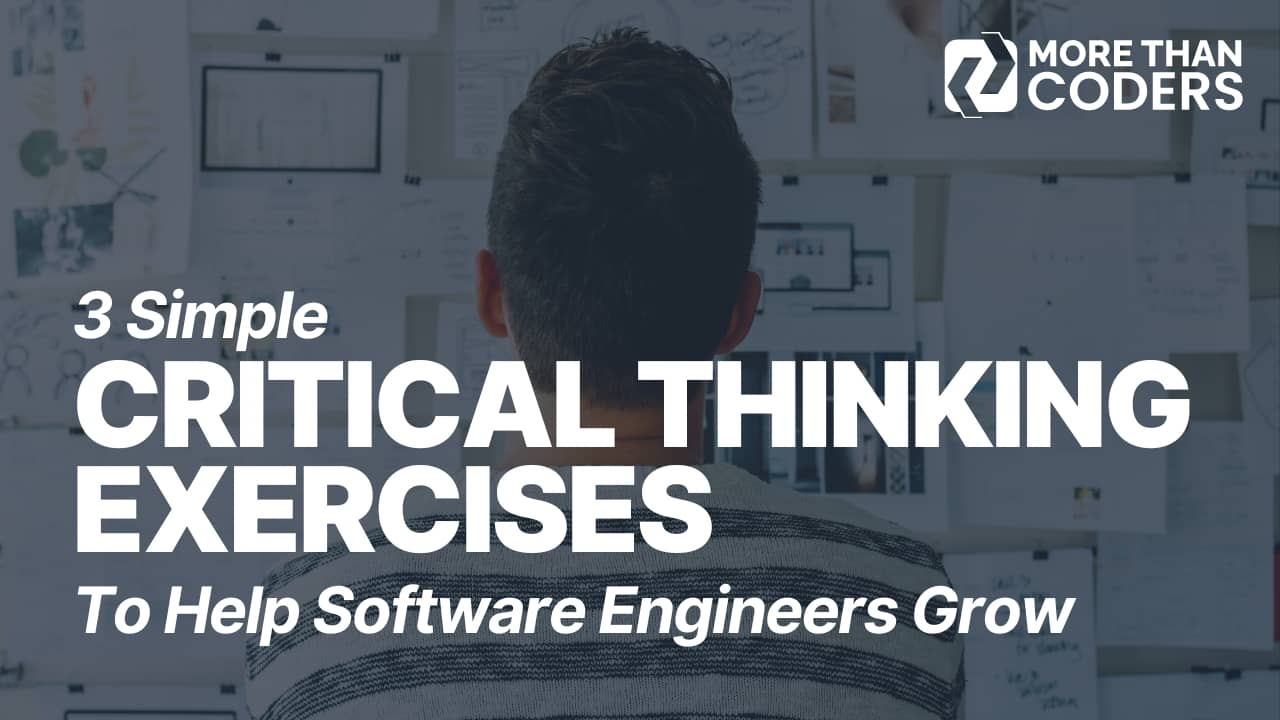|
Helping you learn practical, straightforward methods to boost your soft skills and enhance your career as a software engineer.
|
|
|
How to Align Your Conversations for Better Communication
We all know that clear communication is critical for software engineers. But too often, conversations go sideways because people aren't aligned on what the conversation is about. This can lead to frustration and missed opportunities.
Whether discussing a technical issue, offering support to a colleague, or building rapport with your team, understanding the type of conversation you're in makes all the difference. It helps you communicate more effectively, build stronger relationships, and improve your career prospects.
Let's dive into the three main types of conversations you'll encounter and how to handle each one.
The Three Conversation Types
Not all conversations are the same. Knowing which type you're in can help you respond appropriately and avoid unnecessary frustration. Here are the three main types:
-
Practical Conversations
- Goal: Problem-solving.
- When They Happen: These conversations usually occur during meetings, code reviews, or while discussing project timelines. The focus is finding solutions, making decisions, or getting things done.
- How to Approach: Stay on topic, be direct, and work toward a resolution. Avoid getting sidetracked by emotions or unrelated issues.
-
Emotional Conversations
- Goal: Listening and empathy.
- When They Happen: These often occur when a colleague is venting about stress, frustration, or personal challenges. It's not about fixing the problem but understanding their feelings.
- How to Approach: Listen actively, show empathy, and resist the urge to offer solutions. Sometimes, people need to be heard.
-
Social Conversations
- Goal: Building relationships.
- When They Happen: These occur during breaks, team lunches, or casual chats. The focus is on connecting with others rather than on work or problem-solving.
- How to Approach: Engage in light conversation, share a bit about yourself, and use this time to strengthen your team relationships.
How to Identify the Type of Conversation You're In
Identifying the type of conversation you're in can be challenging, but there are practical ways to figure it out. Here's how to do it:
-
Listen for the Opening Lines
- Practical: The conversation often starts with a problem or a task. You might hear, "We need to talk about this bug," or "Can you help me with this issue?"
- Emotional: It usually begins with a personal statement or a tone of frustration or concern. Look out for phrases like, "I've been really stressed about…" or "I'm feeling overwhelmed."
- Social: This type typically starts with casual or light-hearted topics, like, "Did you catch the game last night?" or "How was your weekend?"
-
Pay Attention to the Other Person's Energy and Body Language
- Practical: The other person is likely focused and direct. They might lean in, make direct eye contact, or have a sense of urgency in their voice.
- Emotional: They might seem distracted, stressed, or use a softer tone. Watch for signs of frustration or relief as they talk.
- Social: The energy is more relaxed. There's likely more smiling, laughter, or a casual tone.
-
Notice the Flow of the Conversation
- Practical: The conversation moves quickly and is solution-focused. You're in a practical discussion if the talk revolves around steps, plans, or decisions.
- Emotional: The conversation may circle a single topic with little forward movement. It's more about expressing feelings than making progress.
- Social: The conversation is light and doesn't follow a strict path. Topics can shift easily, and the tone remains easygoing.
-
Ask if You're Unsure
- Sometimes, it's not clear what kind of conversation you're having. In these cases, ask a simple question like, "Are you looking for advice, or do you just want to talk this out?" This can quickly clarify the other person's needs.
Aligning with the right type of conversation can help you build stronger connections and be more effective in your role. When you correctly identify and respond to the tone of a conversation, you:
- Communicate More Clearly: You're better able to meet the needs of your colleagues, whether they're looking for a solution, support, or just a friendly chat.
- Reduce Frustration: Both you and your conversation partner can avoid the frustration from mismatched expectations.
- Strengthen Relationships: Understanding the type of conversation helps you connect more authentically with your team, leading to better collaboration and trust.
By being mindful of these different conversation types and adjusting your approach, you can navigate your workday more smoothly, build stronger relationships, and contribute to a more positive team environment.
|
|
|
Related Articles

5 Tips to Improve Your Communication
|
|

3 Easy Critical Thinking Exercises
|
|
Follow MoreThanCoders
|
|
|
Was this forwarded to you? Sign up here.
113 Cherry St #92768, Seattle, WA 98104-2205
You're receiving this email because you signed up for the MoreThanCoders Newsletter. If you prefer to not receive these messages anymore, feel free to unsubscribe or update your preferences.
|
|
|